Top Historical Places in Kolkata – Part1
Being the centre of the Bengal Renaissance in the late 19th and early 20th centuries as well as the British Empire’s capital of India, Kolkata can look back on a rich historical history. The numerous beautiful monuments, buildings, and architectural wonders of Kolkata serve as a testament to the city’s glorious past. Do not skip Kolkata’s historical locations if you are considering visiting this city; they serve as witnesses to its long-standing culture and legacy. That makes Kolkata the ‘City of Joy’ for the world.
The Victoria Memorial:
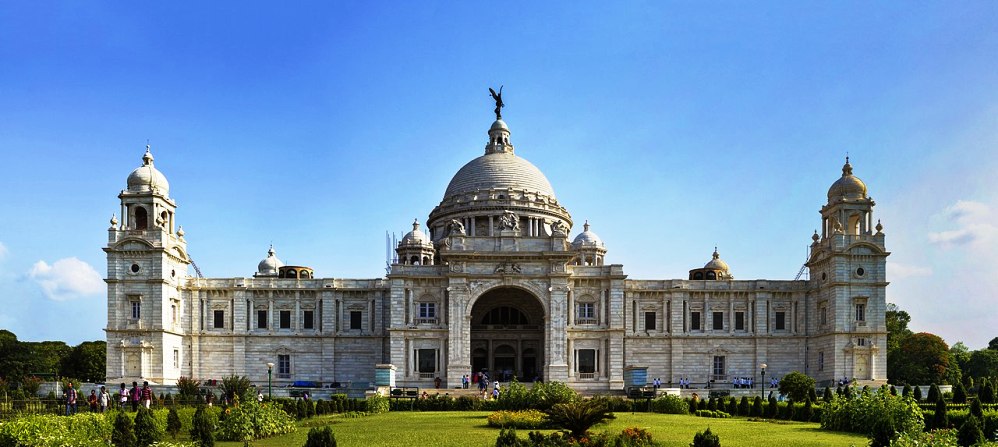
The Victoria Memorial is the result of Lord Curzon’s desire to build a suitable monument to honour Queen Victoria. A lavish museum is part of this memorial made of white marble that was built in 1921 and is surrounded by 64 acres of gardens. On top of the memorial’s main dome, you can observe the Angel of Victory statue. The museum has 25 galleries where a variety of treasures are on show, including paintings, sculptures, weapons, rare and antiquarian publications, etc.
One of the most well-known tourist attractions in Kolkata is the Victoria Memorial, which combines historical relevance with architectural beauty.
Belur Math:
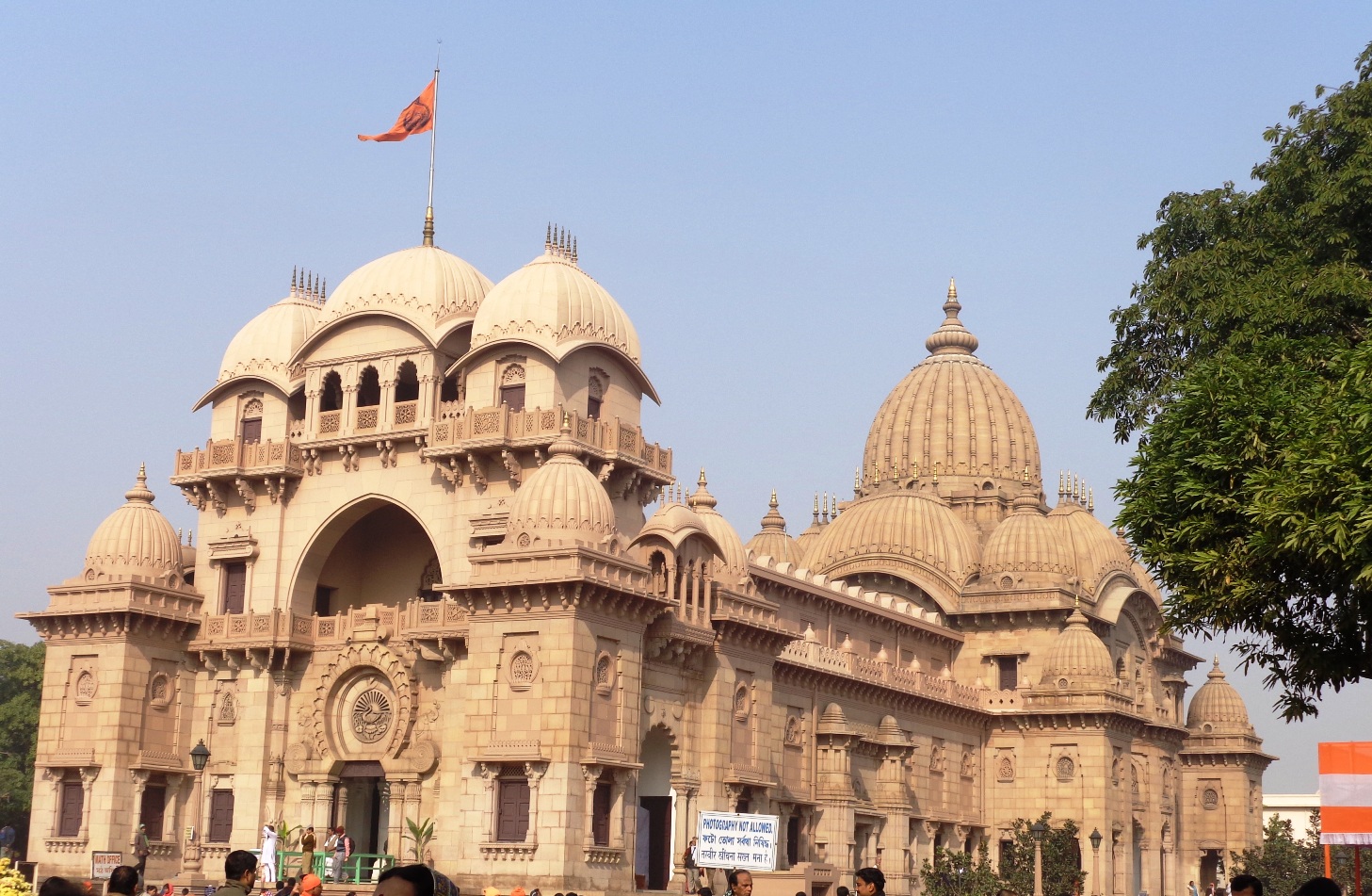
Belur Math, the administrative centre of the Ramakrishna Math and Mission, is situated on the west bank of the River Hooghly. Swami Vivekananda founded this location, which is renowned for its exquisite architecture that combines Hindu, Islamic, Buddhist, and Christian influences to represent the harmony of all major religions.
Belur Math, which spans 40 acres, is home to the Ramakrishna Order’s principal monastery. Additionally, it features a museum on its grounds as well as temples dedicated to Swami Vivekananda, Sarada Devi, and Ramakrishna.
Fort William:
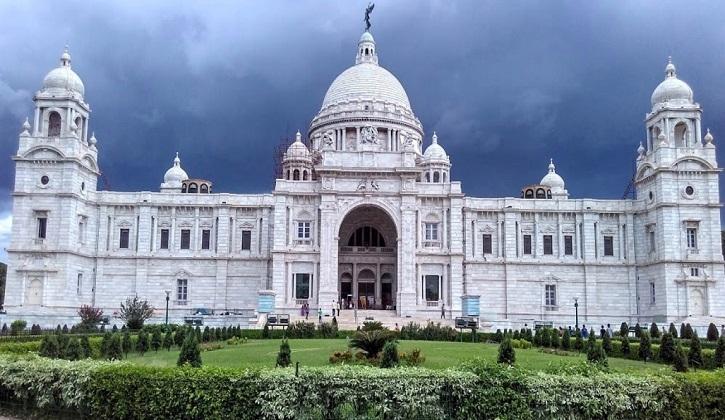
One of Kolkata’s must-see forts, Fort William, is a distinctive building that serves as a reminder of the colonial past of the city. The fort is located on the eastern bank of the River Hooghly and has a total area of roughly 70 hectares. This fort, which bears King William III’s name, was built in 1696 and features elaborate stonework.
Since the fort is currently the Indian Army’s Eastern Command headquarters, civilian access to the fort’s interior is prohibited.
Marble Palace:
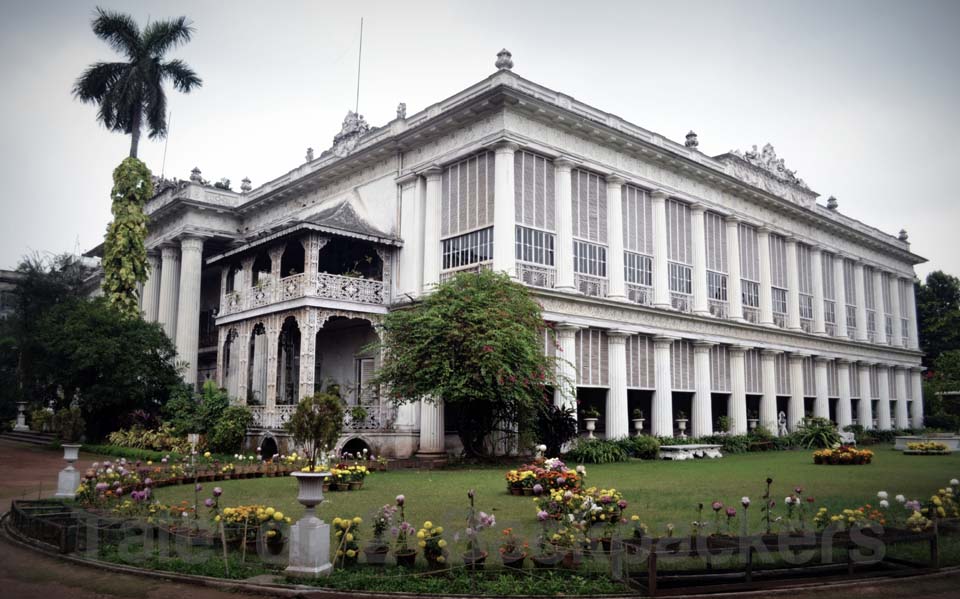
A rich Bengali merchant named Raja Rajendra Mullick constructed this opulent home in North Kolkata. The walls, floors, and statues of this exquisite 19th-century home are all made of marble. This mansion was built in the neoclassical architectural style and is one of Kolkata’s most well-known heritage structures.
With lawns, gardens, a lake, a rock garden, and a zoo nearby, this three-story building stands out. The Marble Palace also has an extensive collection of priceless paintings and artwork. For history and art enthusiasts in particular, a trip to this palace is unquestionably among the best things to do in Kolkata.
The Indian Museum:
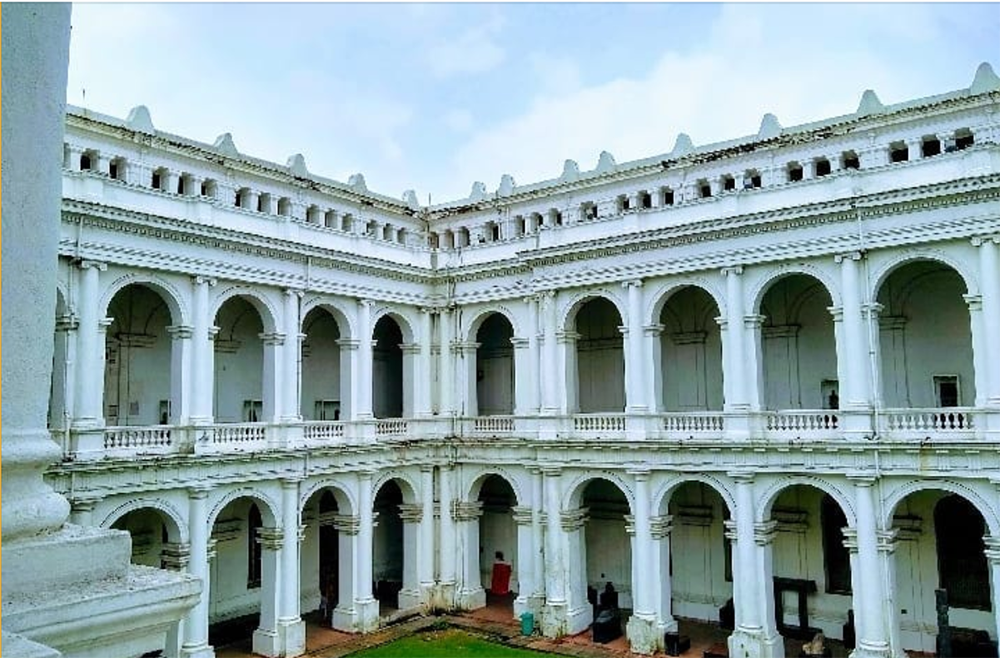
One of the biggest and oldest multidisciplinary museums in Kolkata and the entire nation, the Indian Museum, was founded in 1814. The museum, which is situated in a massive imperial building, is a gold mine of the best relics and artefacts with historical significance.
A 4000-year-old Egyptian mummy and several outstanding sculptures depicting the life of Lord Buddha are among the precious items in this museum. If you’re considering a trip to Kolkata, this museum should be on your agenda as it’s one of the important historical sites in the city.
St. Paul’s Cathedral:
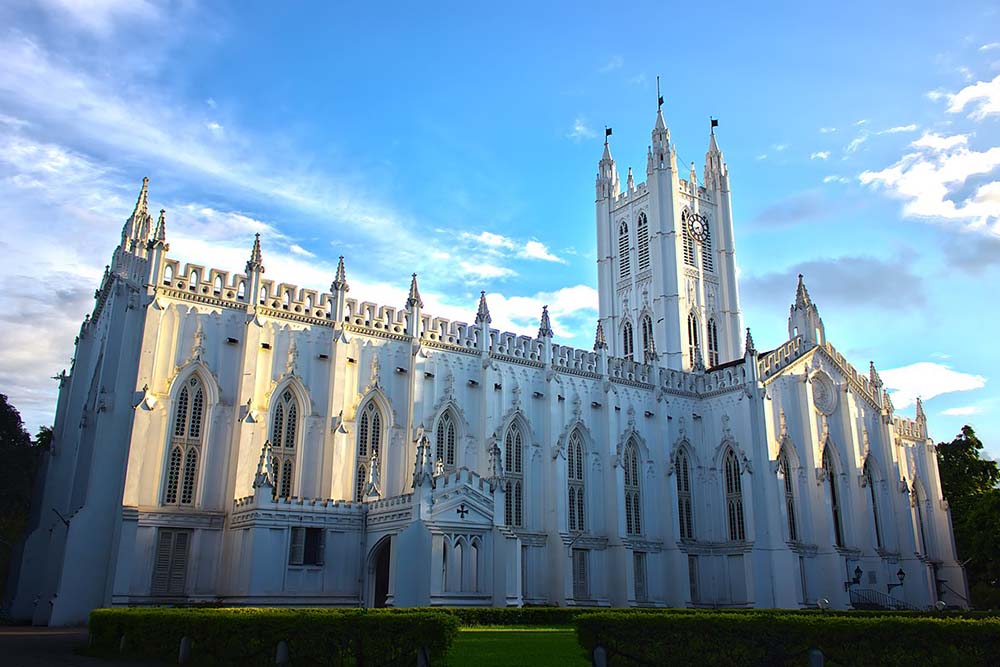
One of Kolkata’s most iconic cathedrals is St. Paul’s Cathedral, which was constructed in 1847 for the European Christians who were then residing in the city. The largest church in the world, this cathedral is currently associated with the Church of North India.
Its exquisite building, which features an Indo-Gothic design, is what distinguishes it as one of Kolkata’s finest historical locations. Additionally, it is the first cathedral ever built in an overseas colony of the British Empire.
Jorasanko Thakur Bari:

Rabindranath Tagore’s ancestral home is Jorasanko Thakur Bari, another significant historical location in Kolkata. This mansion dates back to the 18th century and was constructed on a plot of land that the illustrious Sett family of Burrabazar gave to the poet’s great-grandfather, Dwarkanath Tagore.
This residence, also known as Tagore House, is where the poet was born, spent a significant portion of his childhood, and passed away. The home is now a museum with a large collection of old books, manuscripts, and other artefacts connected to the poet’s life on exhibit.
You may also like: